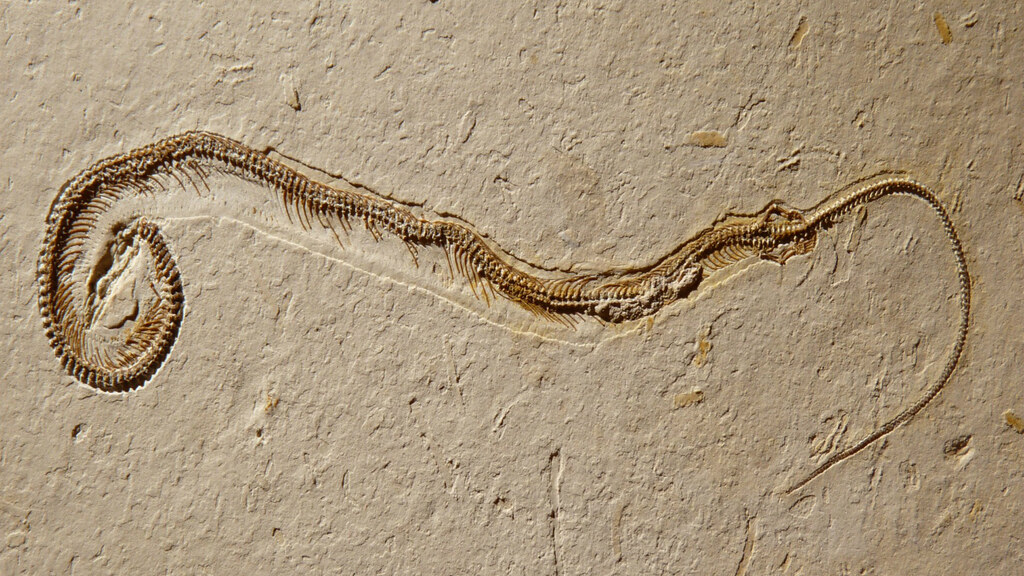Snakes are fascinating creatures that have captivated humans for centuries with their slithering movements and mysterious nature. One of the most common questions people have is, “Do snakes have bones?” The short answer is yes—snakes do have bones. In this article, we will delve into the structure of a snake's skeletal system, how it compares to other animals, and how these bones contribute to their unique way of life.
To understand whether snakes have bones, it’s important to look at their skeletal structure.

Snakes belong to the class Reptilia and have an internal skeleton made of bone.
Their skeletal structure is elongated and highly flexible, enabling their unique form of locomotion.
Vertebrae: The backbone of a snake is made up of hundreds of vertebrae.
Ribs: Attached to each vertebra are pairs of ribs that run down the length of the snake's body.
Skull: The skull is a complex structure designed to support flexible jaw movement.
The number of bones in a snake's body varies by species but generally ranges between 200 and 400 vertebrae.
Some larger snakes, such as pythons and boas, can have up to 600 vertebrae.
The snake's skull is a remarkable structure that plays a crucial role in how they eat and defend themselves.
Movable Jaw Bones: Unlike mammals, snakes have loosely connected jaw bones that can stretch to accommodate prey much larger than their heads.
Sharp Teeth: Many snakes have teeth angled backward to hold prey in place.
Flexible Connections: The bones in the skull are connected by ligaments, allowing for an impressive range of motion.
The vertebral column is the backbone of the snake and provides structural support.
Each vertebra is connected to a pair of ribs, except for the vertebrae near the tail.
The large number of vertebrae contributes to the snake's flexibility and sinuous movements.
Cervical Vertebrae: Located near the head, these vertebrae provide support for the skull.
Caudal Vertebrae: These form the snake’s tail and help with balance and maneuvering.
Snakes have pairs of ribs attached to each vertebra along their body.
Function: The ribs protect internal organs and aid in the snake’s movement.
Adaptability: The ribcage expands to accommodate large prey during feeding.
The bones in a snake’s body work in tandem with its muscles to create a unique form of locomotion.
Lateral Undulation: The most common form of snake movement where the body curves and pushes off surfaces.
Concertina Motion: Used in narrow spaces, the snake anchors part of its body while the rest moves forward.
Sidewinding: Common in desert snakes, this movement minimizes contact with hot surfaces.
The large number of vertebrae allows snakes to bend and twist their bodies in intricate ways.
Despite their flexibility, snake bones are strong enough to support their entire body length.
Vertebrae Count: Snakes have significantly more vertebrae than mammals.
Jaw Structure: Unlike mammals, snakes have unfused jawbones, allowing for greater flexibility.
Body Length: Snakes have elongated bodies with more vertebrae than lizards.
Legs: Unlike lizards, snakes have no limbs, although some species, such as pythons, retain small vestigial limb bones.
Some snakes, particularly primitive species like pythons and boas, have vestigial bones.
Vestigial limbs are small, undeveloped remnants of legs found in some snake species.
These limb remnants are not functional but serve as evolutionary evidence of their ancestors.
Pythons and boas have small spur-like structures near their tails, which are thought to be remnants of hind legs.
These spurs are sometimes used by males during mating.
Snakes evolved from lizard-like ancestors that had legs.
Over millions of years, snakes adapted to a limbless, elongated body for burrowing and slithering.
The snake’s skeletal structure provides flexibility for navigating different terrains.
Their bone structure allows them to hunt, constrict, and swallow prey much larger than their own heads.
Yes, snakes can break their bones if they experience significant trauma. However, their bones are more flexible and resilient than those of many other animals.
Yes, snakes have a backbone made up of hundreds of vertebrae that form the core of their skeleton.
Pythons can have between 400 and 600 vertebrae, depending on their size.
Snakes lost their legs through evolution to become more efficient at burrowing and moving in tight spaces.
Yes, snakes have bony skeletons that show up clearly on X-rays.
Snakes do have bones, and their skeletal structure is key to their survival and unique way of life. Comprising hundreds of vertebrae, flexible ribs, and a highly adaptable skull, snake bones allow for incredible flexibility, strength, and specialized movement. While some species retain vestigial limb bones, most snakes have evolved a streamlined, efficient body that enables them to thrive in diverse habitats. Understanding the anatomy of snakes deepens our appreciation for these fascinating reptiles and sheds light on their remarkable evolutionary journey.
animal tags: snakes
We created this article in conjunction with AI technology, then made sure it was fact-checked and edited by a Animals Top editor.